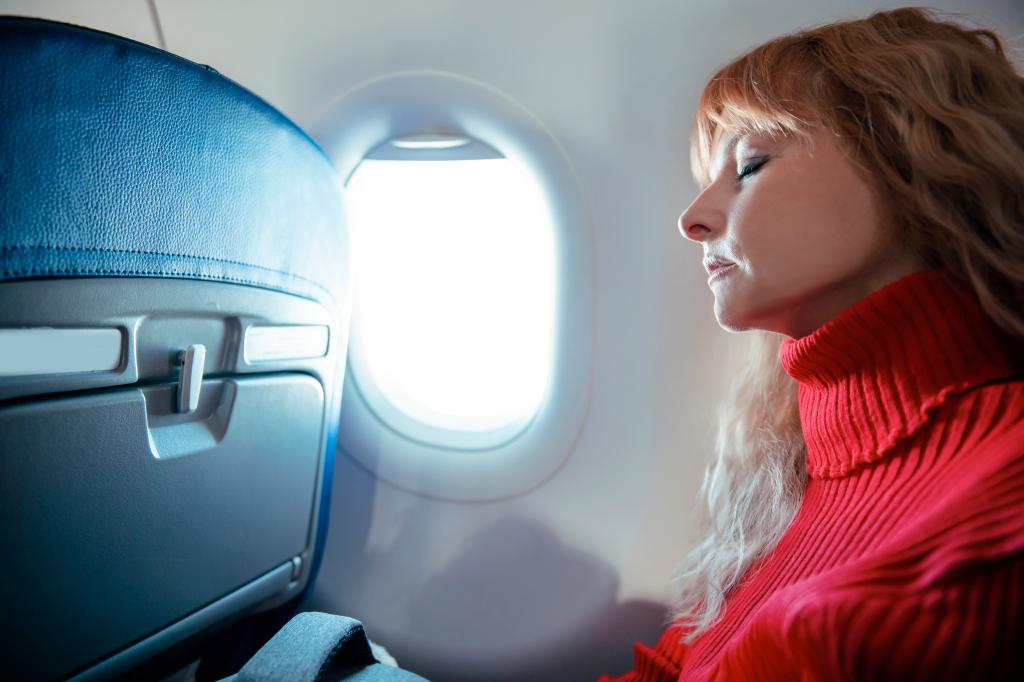During takeoff and landing, airlines require passengers to keep their window shades up for safety reasons. By having the window shade open, flight attendants are able to assess any exterior hazards, such as fire or debris, which may interfere with an emergency evacuation. This information is vital for crew members to determine the safest side of the aircraft for deplaning in case of an emergency, ensuring that a flight can be evacuated in 90 minutes or less. Additionally, open window shades help passengers remain oriented during sudden impacts and allow their eyes to adjust to the light outside, enabling quicker reactions to any potential emergencies.
The importance of keeping window shades up during takeoff, approach, and landing is emphasized by industry reports, which state that accidents are most likely to occur during these phases of flight. Aircraft manufacturers like Airbus highlight the complex demands on crew members during these phases, such as navigation, aircraft configuration changes, weather conditions, and other factors, all of which increase the likelihood of catastrophic incidents. Having the window shades up is especially crucial in the exit row, as passengers in these rows may be required to assist crew members in case of an emergency by looking out the window before opening an exit.
In addition to assisting on-board employees in assessing outside conditions during an emergency, keeping the window shades up allows outside emergency crews to view the situation inside the aircraft, such as the presence of fire or smoke. While the Federal Aviation Administration (FAA) does not have specific rules regarding the position of window shades, airlines typically mandate this practice for safety reasons. However, recent instances of conflict between passengers over window shade positions highlight the contentious issue of who has the authority over the window shades during non-emergencies.
Despite the lack of specific regulations from the FAA, former airline crew members emphasize the importance of keeping the window shade up during takeoff and landing for safety reasons. Passengers, especially those seated in exit rows, are expected to follow these protocols to assist the crew in case of an emergency. Failure to comply with these safety measures may impede crew members’ ability to assess exterior hazards and decide on the safest course of action for evacuating the aircraft. Ultimately, passengers are advised to prioritize safety over personal preference when it comes to the position of window shades during flight.















